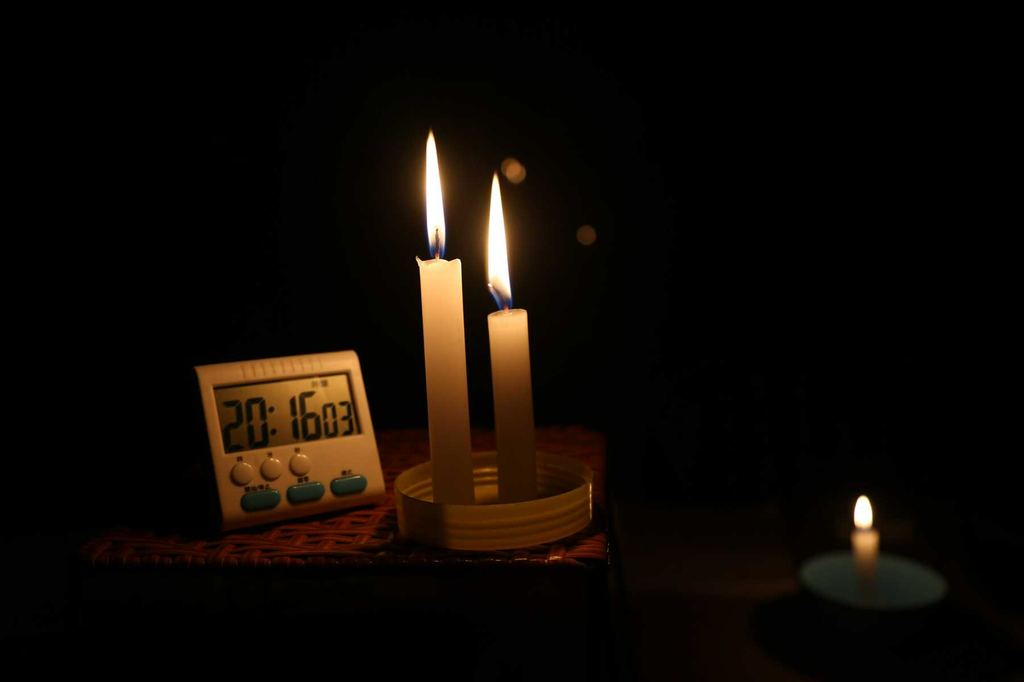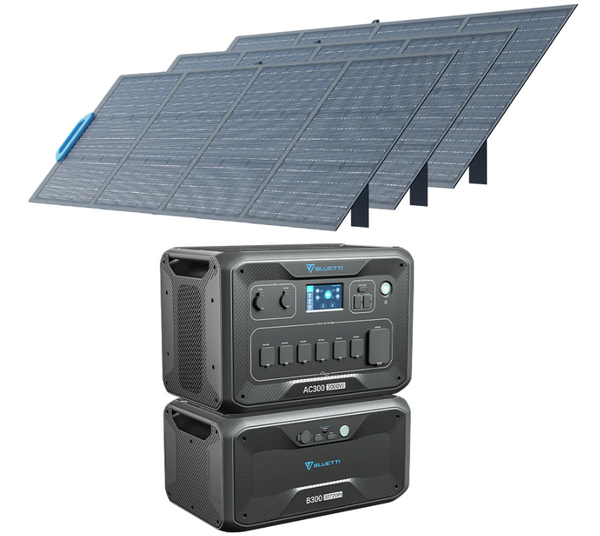The anxiousness of not knowing when the lights will be on again can be overwhelming. Outages can affect communication, speed up food spoilage and create health and safety hazards as well. They speak of the fact that we depend on electricity and the need to be ready. In the recent past, the occurrence of blackouts is experienced more frequently which is mostly linked to severe weather conditions and worn out infrastructure. This has made more and more people interested in the causes and externalities of these events. This article explains in detail the issues of power outages. It focuses on what causes them, their duration, and what individuals and communities can do to prepare for and deal with power outages.
What Caused the Power Outage?
Power outages can occur due to numerous causes, such as natural disasters, which include storm and earthquake, equipment failure, accidents and also maintenance of equipment. Assessing the causes of the power outages is a key to predicting the duration of interruption and preparing in advance.
Severe weather is responsible for the largest share of power failure in most countries of the world. High-speed winds, snow, and ice can bring down power lines and electrical appliances. Human mistakes and wildlife are also sometimes responsible for power failures, along with car accidents that affect utility poles.
Disruptions in the power grid through cyberattacks is one of the new threats. This points out the significance of strong cybersecurity measures. Furthermore, though unplanned interruptions such as grid downtime are major issues, they are acceptable because they occur to allow the necessary repairs and improvements.
Also, the increasing request for power has burdened the power system, at times resulting in interruptions of power flow on power grids. But renewable energies including wind and solar are now combined into the grid in order to help reduce this problem.
How Long Does a Power Outage Last?

The length of a power outage might be a few seconds or even several weeks. Minor blackouts are usually restored by automatic reclosing devices, while more time-consuming and complex outages may need manual intervention and repairs.
Instantaneou/short outages sometimes happen due to safety equipment that briefly ceases the flow of current in order to prevent irreparable harm. Longer outages usually come as a result of serious damage to the power grids.
The duration to restore the power can be dependent on the severity of the harm, accessibility of the area hit, and availability of repair teams. In urban areas, power is generally returned more quickly as a result of the higher concentration of resources and infrastructure. Rural regions will be the most affected as their remoteness makes the travel to the damaged areas more difficult, which leads to a longer delay.
Utility corporations have priority in addressing an outage based on the severity and the number of the people affected by it. Priority in restoration activities during emergencies is given to customers with special needs, such as hospitals and emergency services. Smart grid technologies including smart meters enable utilities to quickly and effectively diagnose and repair those outages that occur.
Average Duration of Power Outages in Canada
The average duration of blackouts in Canada depends on which region and the reason for the interruption. For instance, the weather is harsh, especially the long winters and the stormy summers. These pose unique challenges for the power grid. The regions such as Atlantic Canada are very susceptible to interruptions caused by the storms on a frequent basis.
In addition, the large and un-densely populated areas of Canada often make accessibility of repair crews difficult and stop a quick fix of transmission line outages. Therefore, more attention would need to be oriented towards the maintenance works.
Investments in grid modernization and upkeep are of paramount importance for the shortening of these outages. An increasing number of provinces are adopting smart grid technologies to boost the responsiveness rate. Explorations of community microgrids and local energy storage options as part of the resilience strategies are happening to address the issue. In spite of these measures, power interruptions remain a matter that we deal with at the moment and we are prompted to have backup plans ready.
How to Prepare for Short & Long Outages?
Preparedness for loss of power entails the procurement of emergency kits, purchasing non-perishable foods and water and pre-planning for medical issues. Solar chargers or generators should be kept as an alternative power source too. The emergency box should definitely have flashlights, batteries, a first-aid kit and a radio in it.
Besides, it is necessary to keep phones charged up and have another charging option available. The family, in this case, should come up with and practice an emergency plan that will include the meeting site and communication strategy. For the electric medical devices dependent people, registering with the local utility for highest priority restoration is an option worth contemplating.
Also, insulating the home and installing alternative heating systems can make a difference during winter outages. Furthermore, consider having some cash in reserve rather than relying only on the ATM or card payments which might not work. Non-electric forms of entertainment, such as books and board games, can fill the gap and reduce stress.
In addition, updating your emergency kit routinely and checking local weather and utility reports regularly is of high importance. Finally, neighborhood support networks may turn out to be the most important allies during outages of extended length.
Solar Generators for Power Outages
Solar power generators produce uninterrupted power using renewable energy and serve as a dependable solution for power supply during blackouts. They are a green alternative as they stand as the means of converting sunlight into electrical energy and can power the critical devices and appliances. The recommended options are as follows:

The package is a sturdy and flexible one for blackouts, costing C$2,897.00. It features an Alternating current pure sine wave inverter of 2000W. This comes with a peak power of up to 4800W. Thus, this makes it perfect for appliances that need plenty of power. It has a base capacity of 2,000Wh. Next, there's a LiFePO4 battery that is durable enough to make more than 3,500 cycles to 80%. Besides, the package comes with an amazing 17 ports for different devices, therefore, making it useful during emergencies as you can use it to power multiple devices.
An PV200 Solar Panel comes with this product. It's equipped with monocrystalline daylight cells that scale up to 23.4 percent efficiency. Its premium ETFE shielding does not fade over time and therefore promises high durability. It is also foldable and portable. Hence, you can pack it up and take it with you wherever you go. Selling for C$599.00, it functions with most solar generators that exhibit the MC4 connectors. It further supports a twelve months warranty.

This has a 3000W AC pure sine inverter. Accompanying that is a 6000W surge capacity. The 3,072Wh capacity is very expandable with a maximum capacity of 12,288Wh using 4 × B300 batteries, which is perfect for power outage over a very long period. The LiFePO₄ battery has an 80% retained capacity after over 3,500 cycles, providing a prolonged power source.
The kit consists of three PV200 solar panels. They generate 200W with the help of monocrystalline solar cells and a top rated efficiency of 23.4%. The ETFE based coating and foldability of these panels make them durable and transportable. Generally, they are a wise purchase for people who want daylight input that is reliable and efficient.

The model is worth C$6,694.00. It contains a 2,200W AC pure sine wave inverter with 4,800W surge capacity. In addition, the base 2,048Wh capacity becomes 6,144Wh with the help of 2×B230, or can be increased up to 8,192Wh with the addition of 2×B300, thus providing room for almost any type of power demand. Also, the LiFePo4 battery is guaranteeing 3,500 cycle life to 80% with excellent serviceability.
Associated with the package are three PV200 Solar Panels of CA$599.00 price each. These panels, in particular, are outfitted with monocrystalline solar cells boasting up to 23.4% efficiency and long-term ETFE foil coating. The compatibility with a majority of solar generators with the MC4 connectors, together with their convenient portability and foldable nature, makes them an ideal choice for those who want to enjoy high performance and convenience.
Final Thoughts
Power cuts, though difficult, can be addressed with correct preparation and the use of up-to-date technologies like solar generators. Besides, by diagnosing the reasons and the possible duration spans, communities and individuals can reduce the effects of these disruptions. Renewable energy sources transition provides environmental protection and at the same time promotes energy security. Also, investment in infrastructures and technologies becomes crucial to reduce incidences and duration of power interruptions.
Education and community involvement are the most important key factors of power outage preparation. The future of energy is one which not only promises more stable systems but also a more sustainable way of using it by learning from every outage and updating our apparatuses. Power outages provide a chance to come together, to be there for each other and to build stronger society in the long run. And, with continuous innovation and adaptation, the future shall be such that power outages will be much less disruptive and almost manageable.




